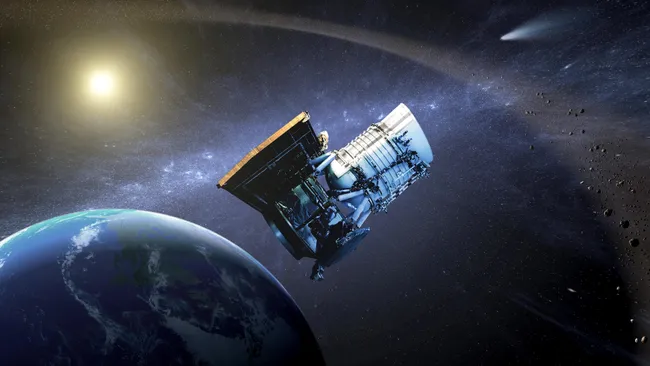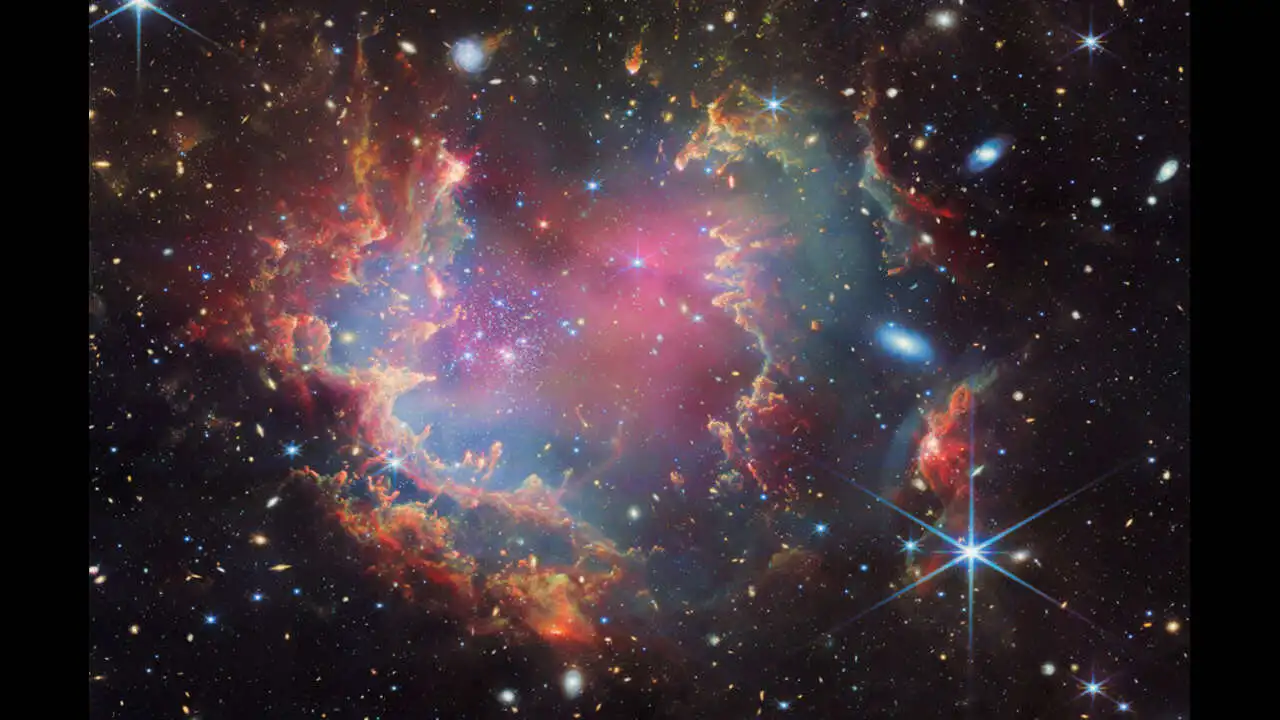NASA has officially announced the end of NEOWISE (Near-Earth Object Wide-field Infrared Survey Explorer). The NEOWISE spacecraft lacks fuel, and thus it cannot thrust itself into higher orbits. The phase of peak solar activity (the solar maximum) has been pushing the spacecraft closer to the Earth’s atmosphere. The spacecraft will safely burn in the atmosphere later this year, according to NASA.
NEOWISE; NASA’s only planetary defence mission will end its career after 15 years. It was launched in 2009 as WISE (Wide-field Infrared Survey Explorer) to map the entire sky in infrared light and look for traces of faint and ancient emissions from the early universe.
The mission was originally only 7 months long. But soon, scientists discovered that WISE (Wide-field Infrared Survey Explorer) was far more sensitive than expected.
With this discovery, NASA extended the mission until 2011 and named it NEOWISE (Near-Earth Object Wide-field Infrared Survey Explorer) so that the telescope could survey the main asteroid belt between Mars and Jupiter.
The telescope then ran out of coolant. It was then put into hibernation as the coolant was unable to provide sufficient heat to the infrared sensors, making them less sensitive.
It was brought out of hibernation later in 2013 because scientists found that NEOWISE was able to detect near-earth objects that reflect sunlight. And the spacecraft has been doing the task for over a decade now.
During its lifespan, NEOWISE detected over 200 unknown near-earth objects, including 25 new comets and 44,000 other objects that zoomed past our solar system.
“The NEOWISE mission has provided a unique, long-duration data set of the infrared sky that will be used by scientists for decades to come,” said Amy Mainzer, principal investigator for both NEOWISE and NEO Surveyor at the University of California, Los Angeles.
With the end of this mission, NASA is now planning to launch an even more powerful infrared telescope named the NEO-Surveyor, which will continue the legacy led by the NEOWISE spacecraft. The NEO-Surveyor mission, which is already being built by NASA, will launch in 2028. The telescope will then scan the entire sky in two weeks.
The telescope will be more promising and precise for Earth’s defence as it has an innovative solar shade that will allow the telescope to observe the asteroids near the glare of the sun, which is considered a blindspot in planetary defence.
Until the NEO-Surveyor mission is launched, ground-based telescopes such as the Catalina Sky Survey [in Arizona] and Pan-STARRS [in Hawaii] will play a key role in detecting near-Earth objects and keeping our planet safe from any possible threat.



